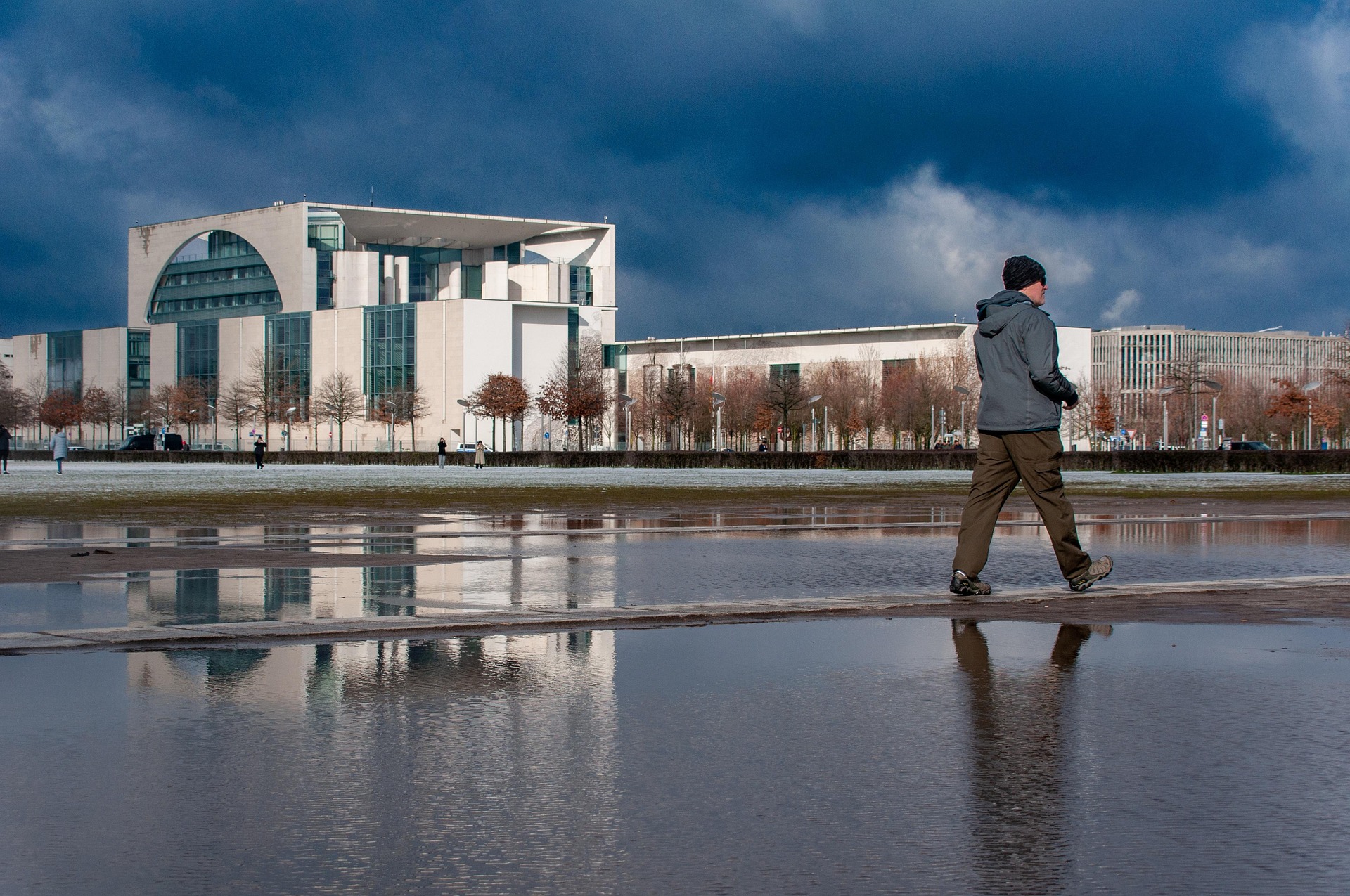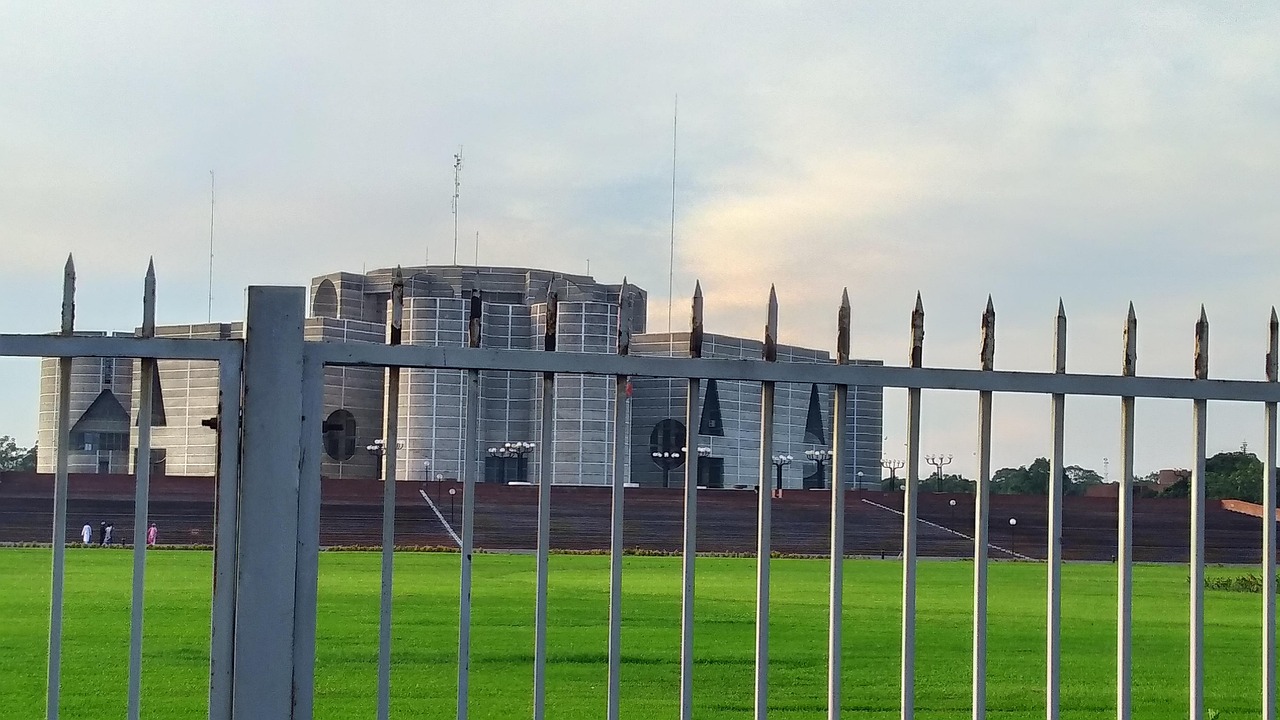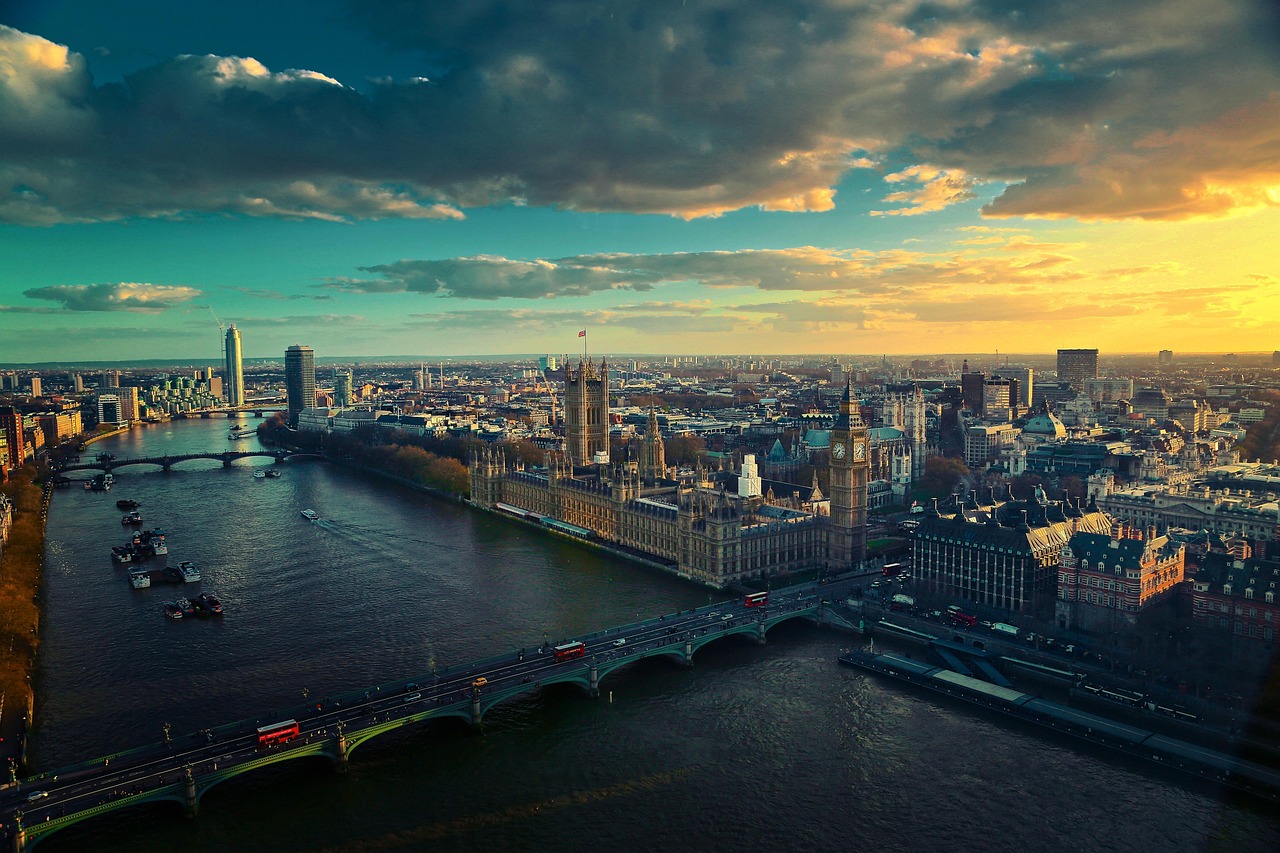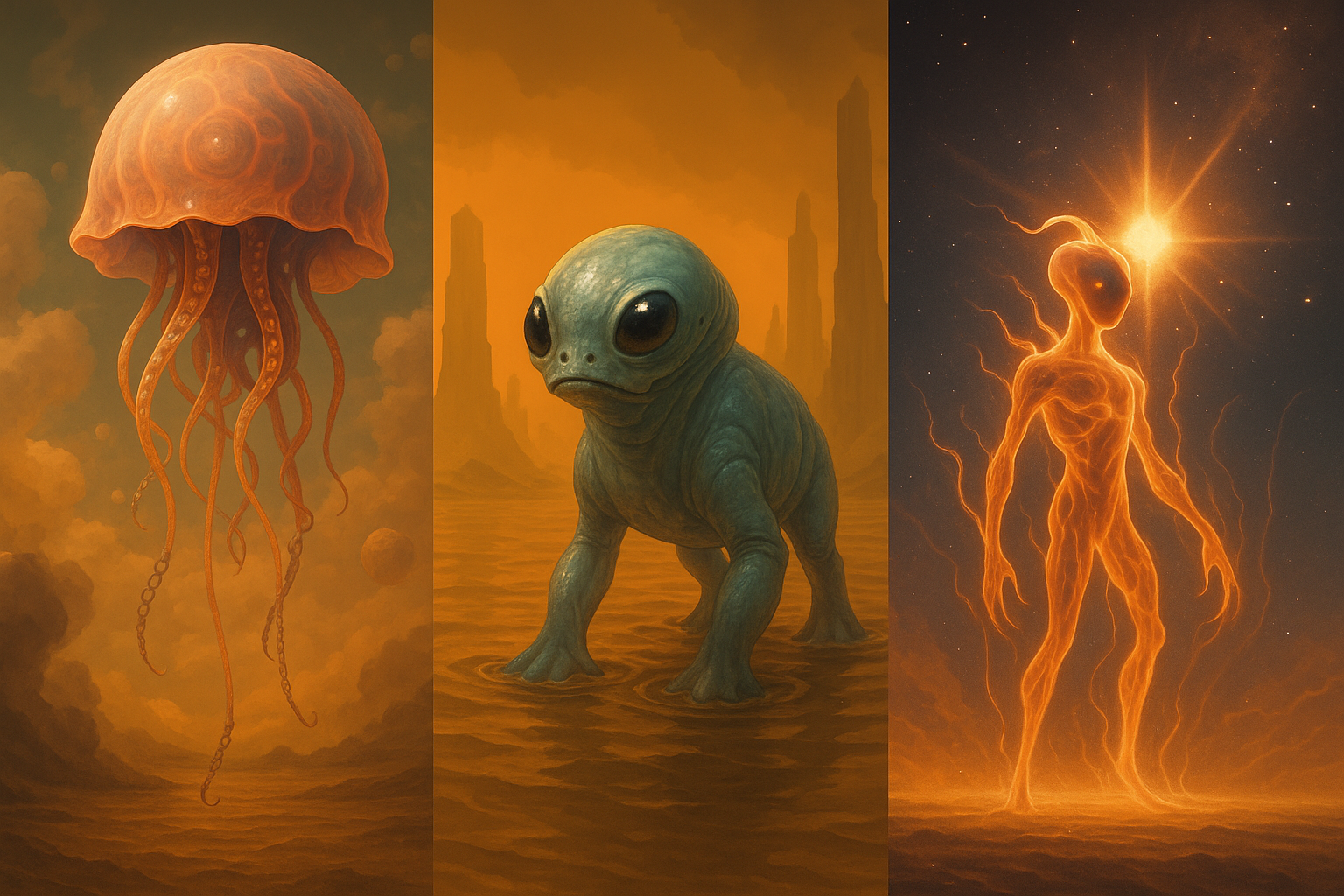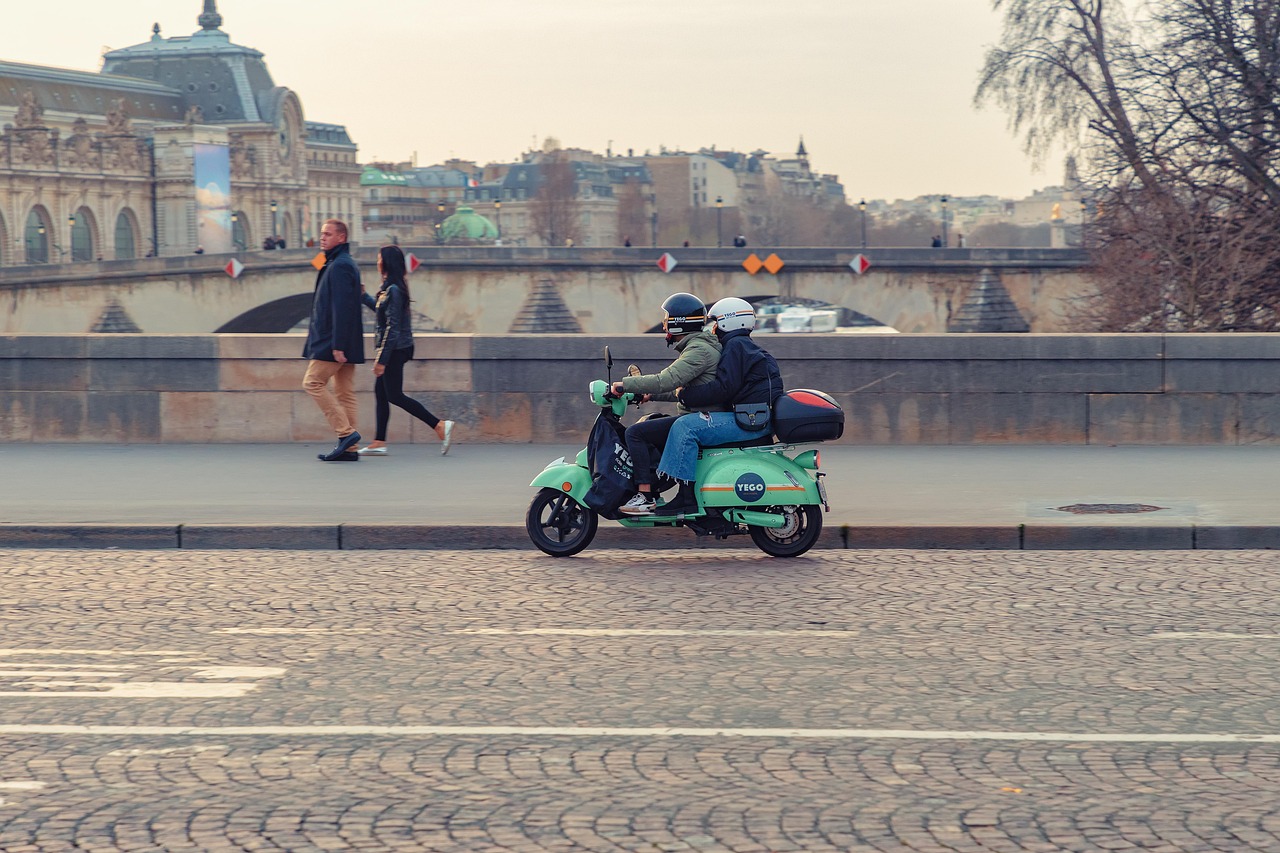Focus keyword: Traveling in France — Explore the cities, countryside, cuisine, and culture that make France one of the most visited destinations in the world.
Paris — The heart of France
No trip to France is complete without experiencing Paris, the capital and cultural hub. Known as the “City of Light,” Paris captivates with its architecture, art, and café culture. Iconic attractions like the Eiffel Tower, Louvre Museum, and Notre-Dame Cathedral draw millions each year, while neighborhoods like Montmartre and Le Marais offer a more intimate look at local life.
In Paris, don’t just stick to the famous landmarks. Wander along the Seine, browse the bouquinistes (riverbank bookstalls), and enjoy a croissant in a quaint café. The city’s metro system makes it easy to explore, while walking allows you to discover hidden courtyards and charming streets.
Provence — Lavender fields and medieval villages
Provence, in southeastern France, is a region of rolling vineyards, olive groves, and fields of lavender that bloom in midsummer. Towns like Avignon, with its historic Papal Palace, and Gordes, perched on a hilltop, are straight out of a postcard. The slower pace of life here invites visitors to savor the scenery and local flavors.
Provence is also known for its vibrant markets, where you can sample regional cheeses, tapenade, and wines. Cycling through the countryside or hiking in the Luberon Mountains provides a refreshing contrast to urban sightseeing.
The French Riviera — Glamour by the Mediterranean
The Côte d’Azur, or French Riviera, stretches along the southeastern coast, offering sun-drenched beaches, turquoise waters, and luxury resorts. Cities like Nice, Cannes, and Monaco have long been playgrounds for the wealthy, but they also welcome travelers seeking stunning views and cultural events.
Nice’s Promenade des Anglais is perfect for a leisurely stroll, while Cannes is famous for its film festival. For a quieter escape, visit the small fishing villages or hike the coastal trails around Èze and Saint-Jean-Cap-Ferrat.
Normandy — History and coastal charm
In the north, Normandy offers a mix of rugged coastline, pastoral landscapes, and significant historical sites. The D-Day landing beaches, including Omaha Beach, are moving reminders of World War II’s impact. Mont Saint-Michel, a medieval abbey perched on a tidal island, is one of France’s most photographed landmarks.
Normandy is also a culinary destination, known for its Camembert cheese, apple cider, and seafood. Its coastal towns, like Honfleur, boast colorful harbors and art galleries.
The Loire Valley — Castles and vineyards
The Loire Valley, often called the “Garden of France,” is a UNESCO World Heritage site renowned for its châteaux, gardens, and wine production. From the fairy-tale Château de Chambord to the elegant Château de Chenonceau, these landmarks reflect France’s royal past.
Wine lovers can tour vineyards producing Sauvignon Blanc, Cabernet Franc, and other varietals. Cycling along the Loire River offers a scenic way to connect the region’s attractions.
French Alps — Outdoor adventures year-round
The French Alps are a paradise for outdoor enthusiasts. In winter, resorts like Chamonix and Val d’Isère attract skiers and snowboarders from around the globe. In summer, the mountains offer hiking, climbing, and paragliding, with breathtaking views at every turn.
Beyond sports, the Alpine villages exude charm, with wooden chalets, flower-filled balconies, and hearty mountain cuisine featuring fondue and raclette.
French cuisine — A journey for the taste buds
One of the greatest joys of traveling in France is experiencing its cuisine. French gastronomy is world-famous, and each region has its specialties. In Paris, indulge in fine dining or casual bistros. In Provence, sample ratatouille, bouillabaisse, and local rosé wines. In Burgundy, savor coq au vin and escargots, paired with renowned red wines.
Don’t forget France’s legendary bread and pastries — from crusty baguettes to delicate macarons. Farmers’ markets and patisseries are part of daily life, and joining locals in these rituals offers a true taste of the culture.
Culture and festivals
France’s cultural calendar is packed with events. Bastille Day on July 14 celebrates the French Revolution with fireworks, parades, and parties nationwide. The Avignon Theatre Festival draws performers and audiences from around the world. In Menton, the Lemon Festival turns the town into a citrus wonderland each February.
Museums, galleries, and historic monuments abound, but so do music festivals, open-air markets, and seasonal fairs that bring communities together.
Practical travel tips
- Language: French is the official language, but English is spoken in tourist areas. Learning a few basic phrases can enhance your experience.
- Transportation: France’s train network (SNCF) is extensive and efficient, connecting major cities and regions. Consider a rail pass for flexibility.
- Currency: Euro (€). Credit cards are widely accepted, but carry some cash for markets and small towns.
- Best time to visit: Spring (April–June) and fall (September–October) offer pleasant weather and fewer crowds. Summer is popular but busier and more expensive.
- Dining: Lunch is typically 12–2 p.m., and dinner starts around 7–8 p.m. Reservations are recommended for popular restaurants.
Conclusion
Traveling in France is a feast for the senses — from the sight of Gothic cathedrals to the scent of fresh-baked baguettes, from the sound of street musicians to the taste of fine wine. Its regions offer distinct experiences, yet all are united by a dedication to beauty, quality, and joie de vivre. Whether you spend a weekend in Paris or a month exploring the countryside, France invites you to slow down, savor each moment, and take home memories as rich as its culture.

